American social realism took shape in the 1920s in the centers of commerce also home to artistic communities, like New York and Chicago. The cultural shift in the United States seen in the art of the social realists bridges the high modernist ideals of Europe and the struggle and very human drama evoked by the Great Depression and the political upheavals of the 1920s and 30s.
Forum Gallery (NYC) is now presenting a group exhibition of American social realism featuring paintings, drawings, and sculpture dating from the first half of the Twentieth Century to today. Artists working in the years between the world wars and well known for their contributions are shown side by side with contemporary American Artists whose work continues the humanist legacy of social realism.
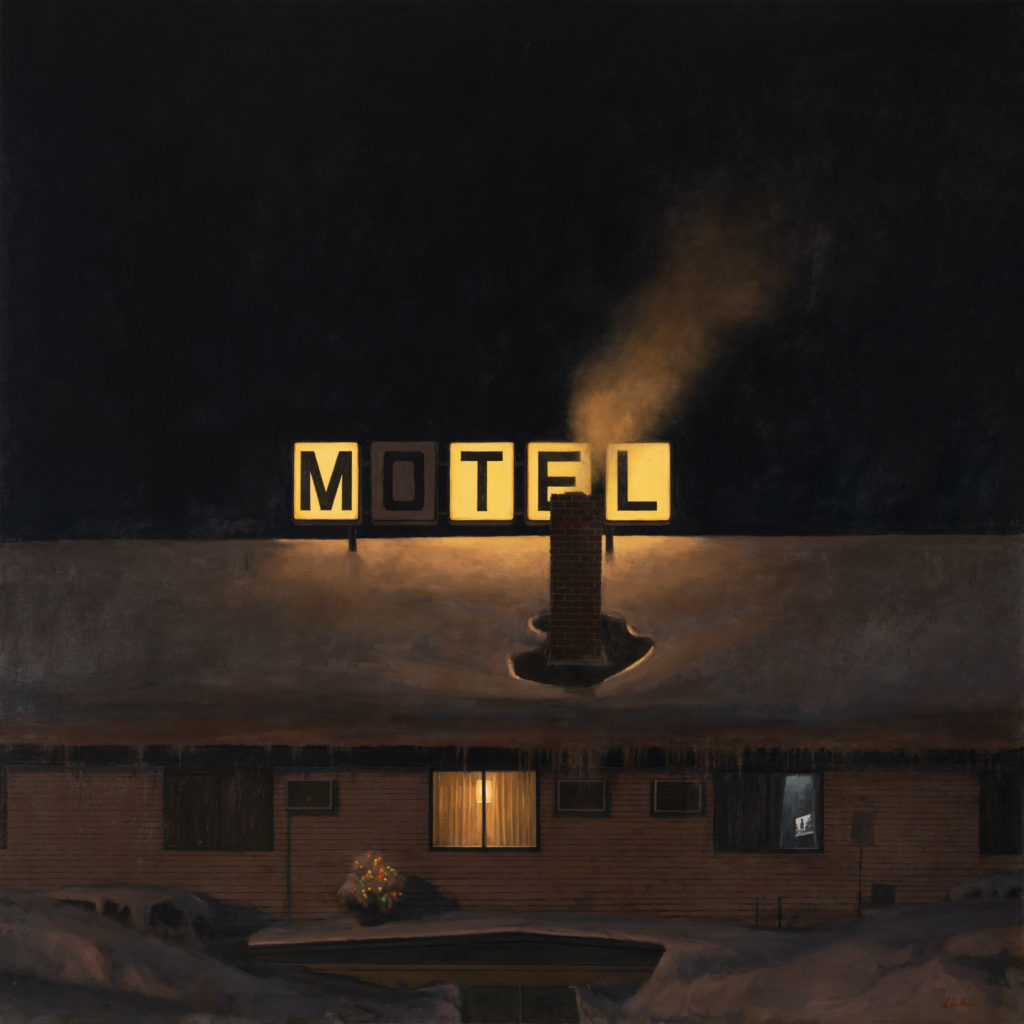
More from the gallery:
At a time when we again face political, social, and economic turbulence, “Then and Now: American Social Realism” presents paintings by five contemporary American artists whose emotive work shares with the early American social realists the impulse for humanist depiction.
Works in “Then and Now: American Social Realism” reflect and record the Nation’s fragile optimism of this time period. Highly emotional figuration, strong political content, and frank depiction of the common activities of daily life characterize the art of the social realists, demonstrated in this exhibition by masterworks in oil by Raphael Soyer, “In The City Park,” c. 1934, and Jack Levine, “1932 (In Memory of George Grosz),” painted in 1959.
The earliest paintings on view, dating from the 1920s, by Isabel Bishop and James H. Daugherty are joined by evocative works in oil by Philip Evergood, Wood Gaylor, William Gropper, Robert Gwathmey, Joseph Hirsch, Reginald Marsh, and Ben Shahn.
Also on view is an exceptional New York scene in pastel by Everett Shinn, pencil drawings that shine a light on the working class by Aaron Bohrod and Charles White, rare lithographs of industrial and urban subjects by Louis Lozowick, and sculptures imbued with humanism by Chaim Gross, John Storrs, Harry Wickey, and Mahonri Young.
In the art of Steven Assael, Rance Jones and Alan Magee, that fragile optimism of the early Twentieth Century is observed again in contemporary works that raise the unglorified every day to symbols of hope and residual strength in troubled times.
Linden Frederick’s singular hidden narratives pay tribute to working America with respect and empathy; while the inimitable political caricatures and heartfelt renderings in watercolor of immigrant garment workers created by the late David Levine combine the social and the political concerns of American social realist Artists, past and present.

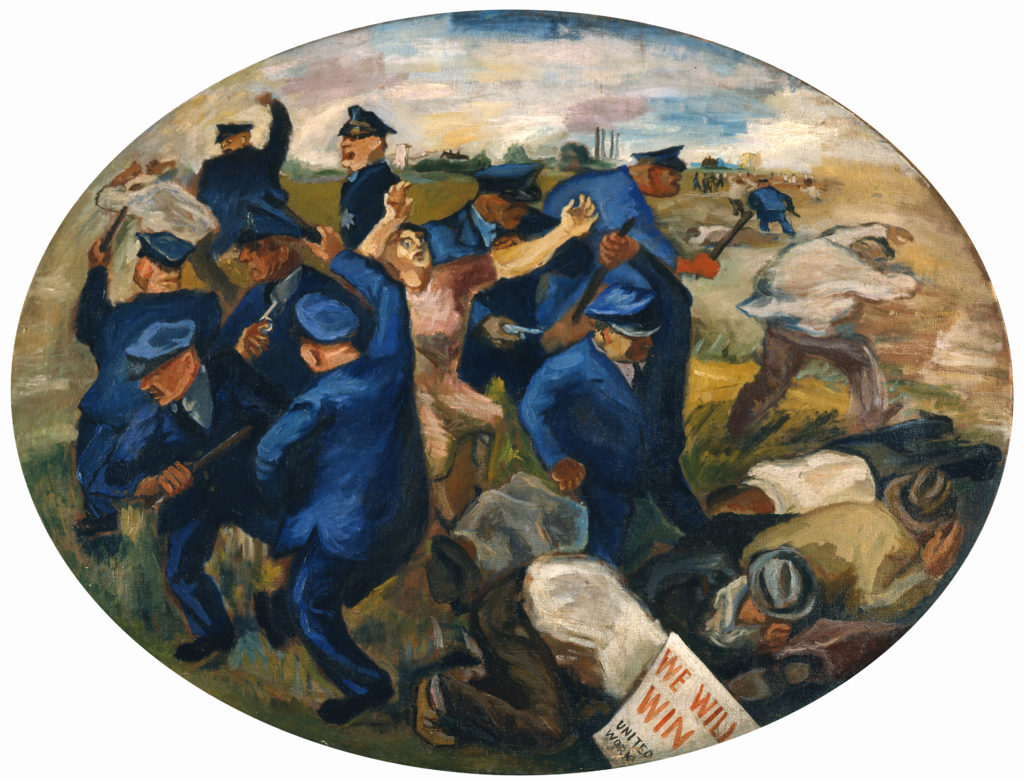
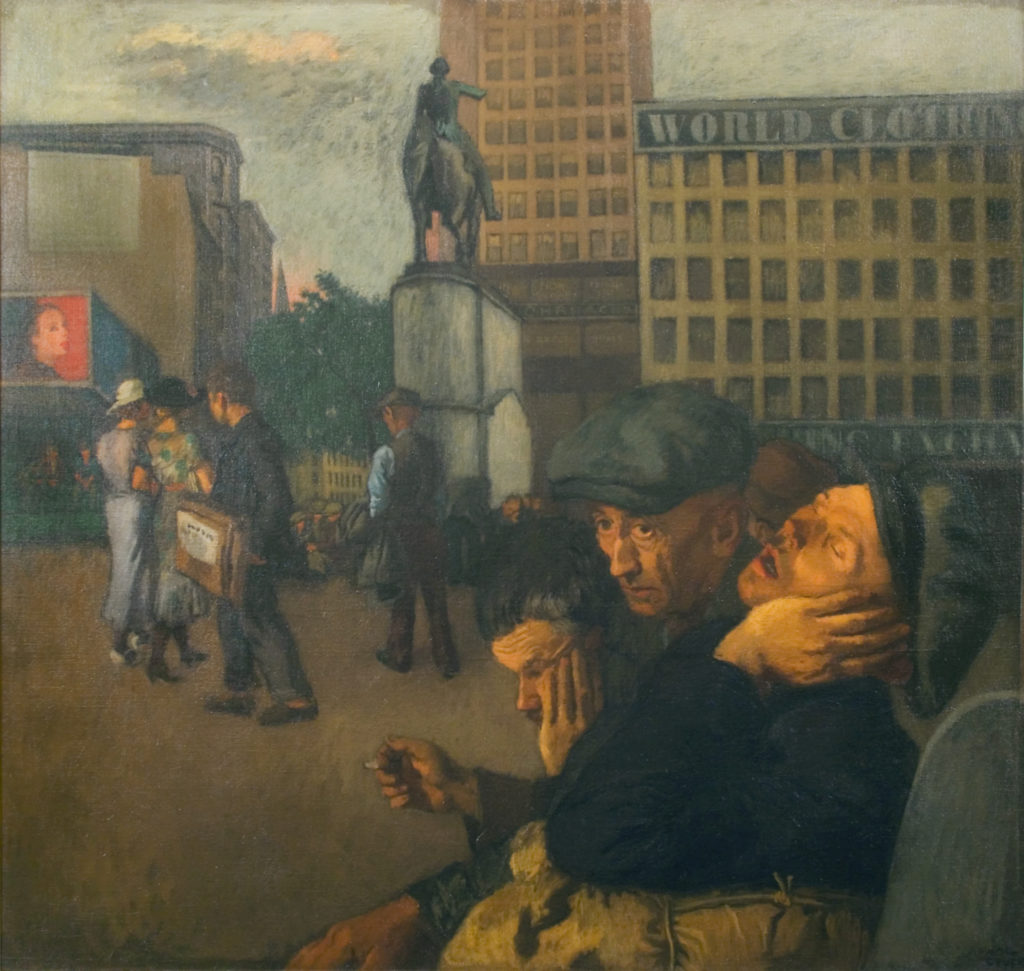
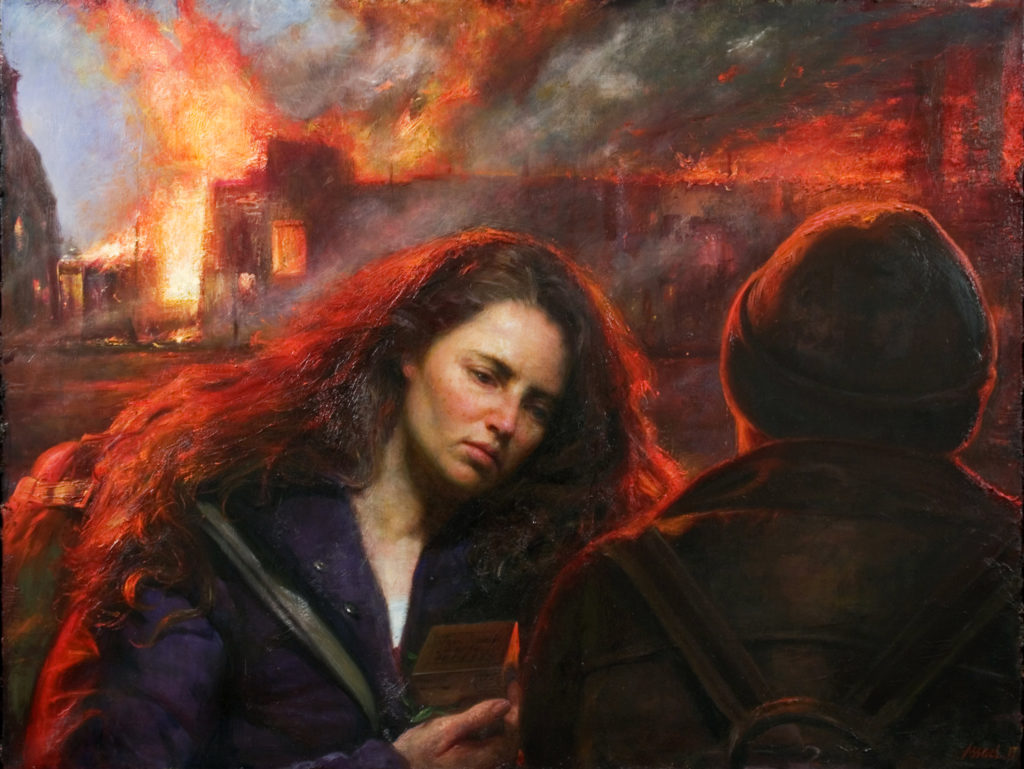
Preview “Then and Now: American Social Realism” here.
> Visit EricRhoads.com to learn about more opportunities for artists and art collectors, including retreats, international art trips, art conventions, and more.
> Sign up to receive Fine Art Today, our free weekly e-newsletter
> Subscribe to Fine Art Connoisseur magazine, so you never miss an issue

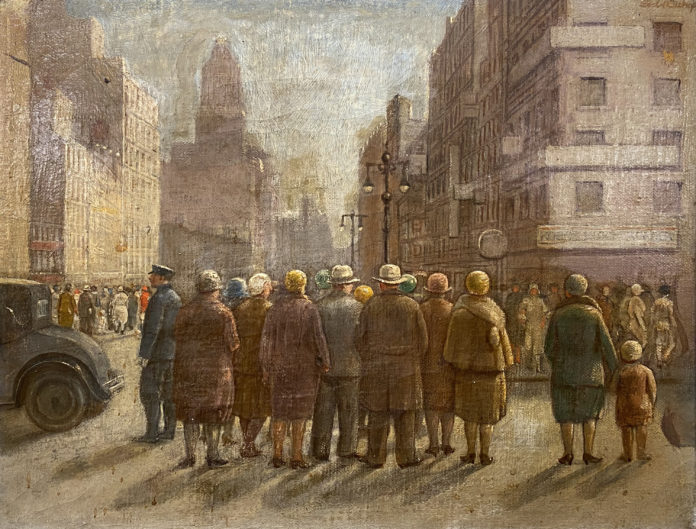






At one time when I knew less I was moved and awed by these artists. Now I just see them as naive, foolish, and wasted efforts. The image of the politicians in Congress by Gropper is pretty accurate though. The others are just tired and leave an unpleasant taste in the mouth. Ginsburg is a good painter but his messages are the same old tired leftist stuff. If the current crop of social message trumpeters were honest, the image content would be a lot different and I don’t think they can abide that.
The great majority of these paintings are not politically bent, but simply depict the reality of a particular situation.